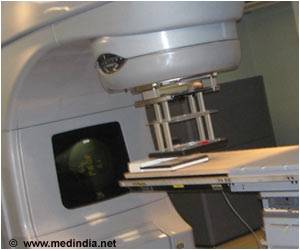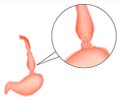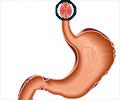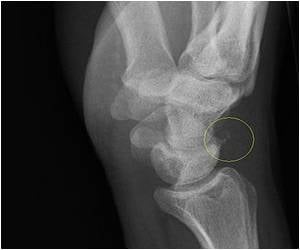Barrett's esophagus (BE) is a precancerous condition with a known risk of progressing to cancer, especially when high-grade dysplasia (HGD, abnormal cells) is observed.
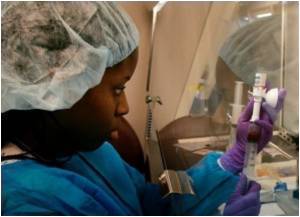
Esophagectomy has been the standard treatment for BE with HGD or early mucosal cancer (intramucosal carcinoma). Endoluminal therapy is an alternative to operative resection in selected patients with decreased morbidity and equivalent long-term results to surgery.
"Endoluminal therapy has not been broadly applied, and there is limited long-term follow-up. Moreover, endoluminal therapy techniques have evolved over time, challenging assessments of long-term efficacy and effectiveness," said study lead author Gregory G. Ginsberg, MD, FASGE, Hospital of the University of Pennsylvania and past president of the American Society for Gastrointestinal Endoscopy. "We sought to assess the efficacy, safety, and durability of an aggressive, endoscopic, multiple-mode approach of complete eradication of intestinal metaplasia (abnormal cells) in patients with HGD and/or intramucosal carcinoma. We found that multiple-mode endoluminal therapy, combining resection and ablation techniques, for Barrett's esophagus with high-grade dysplasia or early cancer with intention to complete eradication of all intestinal metaplasia was successful, with low observed recurrence of dysplasia or cancer. However, recurrence of intestinal metaplasia occurs in one-third of cases, therefore persistent vigilant surveillance is required."
Endoluminal Therapies Endoscopic therapy may include removal of Barrett's with dysplasia using endoscopic mucosal resection, which removes abnormal tissue in the esophagus without damaging the rest of the esophagus.Endoscopic ablation of Barrett's tissue can be done with either radiofrequency ablation, which destroys and kills cells by heating them, or cryotherapy, which destroys cells by freezing them. After either treatment, the esophagus grows back a normal healthy lining.
Methods Endoluminal therapy is an option for selected patients with Barrett's esophagus and high-gradedysplasia or early cancer. In this study, researchers sought to assess long-term outcomes of patients treated with endoluminal therapy with the goal of complete eradication of all dysplasia and intestinal metaplasia. This was a retrospective cohort study of selected patients referred with dysplastic Barrett's esophagus at the Hospital of the University of Pennsylvania between January 1998 and December 2009. Patients received endoluminal therapy combining resection and photodynamic therapy, radiofrequency ablation, and/or argon plasma coagulation treatment that was individualized based on patient and lesion characteristics, technique evolution and interval response. Complete eradication of dysplasia, all intestinal metaplasia, and recurrences was assessed.
Results A total of 166 patients were treated and had at least one year of follow-up. Complete elimination of neoplasia (abnormal cells) was achieved in 157 patients (95 percent) and complete elimination of intestinal metaplasia was achieved in 137 patients (83 percent). After therapy, patients were followed for 33 (range 18-58) months. Among patients who achieved complete elimination of intestinal metaplasia, subsequent recurrent intestinal metaplasia was detected in 48 (35 percent) and dysplasia in 12 (9 percent).
Advertisement
The researchers concluded that multiple-mode endoluminal therapy, combining resection and ablation techniques, for patients with BE and HGD and/or early mucosal cancer, with the intention of achieving complete eradication of all intestinal metaplasia can achieve a high success rate with durable results and low risk of morbidity. However, endoluminal therapy typically requires multiple treatment sessions over many months, life-long proton-pump inhibitor therapy, and a commitment to endoscopic surveillance after successful eradication. Although the risk of dysplasia or cancer recurrence is low, it is increased when multifocal dysplasia is detected before and during treatment. Additionally, intestinal metaplasia recurrence is detected in one-third of successfully treated patients, and it can occur long after initial eradication was achieved. Therefore, endoscopic surveillance even after successful eradication is required.
Advertisement

